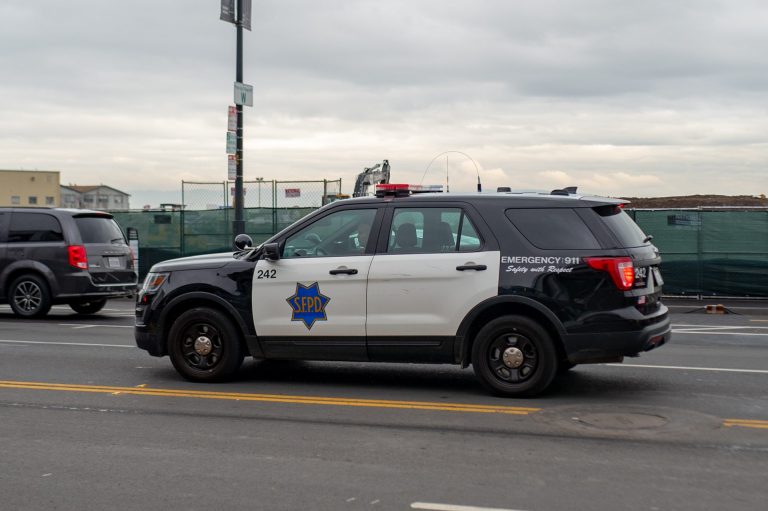San Francisco police officers could soon be getting some on-the-job help. On Tuesday, city officials approved a policy allowing officers to deploy deadly force using ground-based robots, per The Washington Post.
But this is only the first round of voting. Next week, the Board of Supervisors, who reportedly had heated debates on the measure, will vote again. If the policy passes the second vote, it’ll go to Mayor London Breed’s desk. After that, the measure can become city law with two rounds of board approvals and the mayor’s signature.
As police brutality continues to plague communities, the policy is taking precautions by limiting which situations call for robots. The equipment will be used “when risk of loss of life to members of the public or officers are imminent, and officers cannot subdue the threat after using alternative force options or de-escalation tactics.”
What Kind Of Robots Will San Francisco Police Have Access To?
Though officers will use the technology for deadly reasons, its design won’t be. The policy looks to use ground-based robots already owned by the San Francisco Police Department (SFPD). At this time, the department reportedly has 12 functioning robots. Officers pilot the tech remotely when they need to access situations, look at areas unavailable to them, access, defuse or remove bombs, and rescue and hostage negotiations.
SFPD spokesperson Robert Rueca told WP that their department does not plan to hand over guns to their robots. Instead, officers will only use the tech in “extreme circumstances” to “contact, incapacitate or disorient” dangerous suspects. When approved for use, the robots can be equipped with explosives on a case-by-case basis.
“No policy can anticipate every conceivable situation or exceptional circumstance which officers may face,” SFPD public information officer Allison Maxie told NPR. “The SFPD must be prepared, and have the ability, to respond proportionally.”
Police Have Used Killer Robots In The Past
The measure was first proposed to the city’s Board of Supervisors in September. One of the early drafts said, “robots shall not be used as a Use of Force against any person.”
According to NPR, the SFPD crossed this particular sentence out of the draft using a red line. At their request, the policy was altered to specify when doing so is appropriate.
This concept of using robots for deadly force isn’t new. NPR reports that the Dallas Police Department was the first to use the technology in 2016. Officers armed a bomb-disposal robot with a pound of C-4 explosives and used it to end an hours-long stand-off with a suspect who’d shot and killed five officers. The suspect died after officers detonated the makeshift bomb.
What Do Experts Think About The Policy?
As mentioned, the measure still has two hurdles to overcome before becoming city law. But that hasn’t stopped experts, both in the law enforcement field and robotics fields, from speaking on it. And opinions fall on both sides of the debate: this is helpful, and this is a terrible idea.
“If I was in charge, and I had that capability, it wouldn’t be the first on my menu,” former LAPD lieutenant Adam Bercovici told WP. “But it would be an option if things were really bad.”
Paul Scharre is a military weapons expert and author who helped create the “U.S. policy for autonomous weapons used in war.” He spoke with NPR on San Francisco’s proposed measure.
“For the military, [robots are] used in combat against an enemy, and the purpose of that is to kill the enemy. That is not and should not be the purpose for police forces,” Scharre said. “They’re there to protect citizens, and there may be situations where they need to use deadly force, but those should be absolutely a last resort.”
Scharre believes officials haven’t given the measure complete thought, and if the policy is authorized by city law, he says, “it can be very hard to walk that back.”
Ryan Calo, who studies robotics, raised questions about the technology accidentally harming innocent people and who takes responsibility if that were to happen.
“We have to ask ourselves do we want to be in a society where police kill people with robots,” Calo said. “It feels so deeply dehumanizing and militaristic.”


